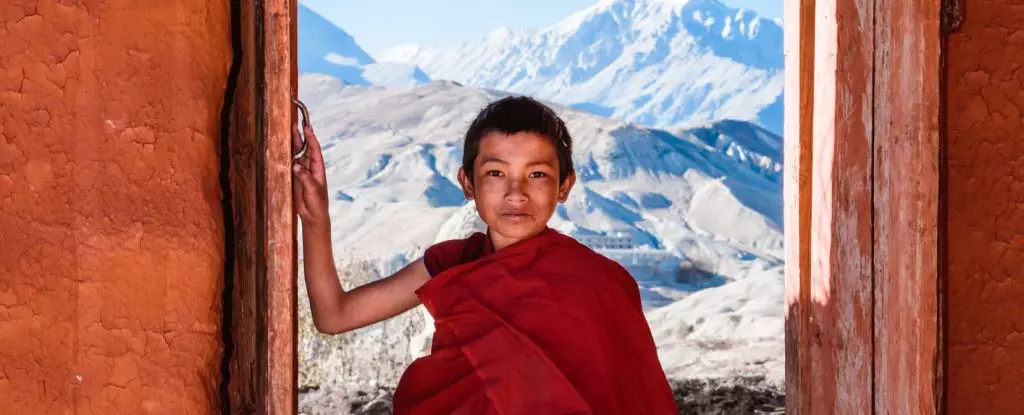Human beings are in a perpetual state of evolution, constantly adapting to the challenges and environments that surround us. This evolutionary process can often be seen in our physiological responses, especially when we examine specific adaptations to extreme conditions. One of the most fascinating examples of this is the case of communities living in high-altitude regions, like the Tibetan Plateau, where survival necessitates extraordinary biological changes.
High altitudes present unique challenges to human physiology, primarily due to decreased oxygen levels. Individuals who ascend to considerable heights often experience altitude sickness, which stems from insufficient oxygen reaching the body’s tissues—a condition known as hypoxia. However, certain populations, such as the Tibetans, have not just survived but thrived in these oxygen-depleted environments for thousands of years. Over more than 10,000 years of habitation in these regions, the humans have undergone significant physiological adaptations, enabling them to function effectively despite the hostile atmosphere.
Research led by anthropologist Cynthia Beall highlights the intricate relationship between genetics, evolution, and environmental pressures. Beall emphasizes the beauty of this adaptation process: “Adaptation to high-altitude hypoxia is fascinating because the stress is severe, experienced equally by everyone at a given altitude, and quantifiable.” This resilience offers a striking illustration of human variability and adaptability over generations.
Central to the study of evolution is the concept of natural selection, which posits that an organism’s reproductive success is a key factor in determining the prevalence of certain traits. Beall’s research delves into how reproductive success among Tibetan women correlates with advantageous physiological traits. The findings reveal that the survival of women during pregnancy and childbirth significantly influences the transmission of adaptive traits to future generations. Women who successfully give birth to live babies are more likely to pass on their genetic advantages, creating a cycle of natural selection that enhances survival in demanding environments.
Beall’s team conducted a comprehensive analysis of 417 women living at altitudes of over 3,500 meters. The study revealed that although the number of live births varied from zero to 14—with an average of approximately 5.2—the most successful reproductive outcomes did not stem from women with the highest hemoglobin levels, as previously believed. Instead, those who recorded an average hemoglobin level combined with elevated oxygen saturation exhibited the greatest success. This unexpected result indicates that an ideal balance in certain blood traits maximizes oxygen delivery without the adverse effects that thicker blood might cause, which could burden the cardiovascular system.
The physiological traits that contribute to the reproductive success of Tibetan women are not limited to blood composition alone. Additional factors, such as enhanced blood flow to the lungs and wider left ventricles of the heart, play critical roles in ensuring efficient oxygen transport. These adaptations allow for a more effective response to the low-oxygen environment, thereby increasing the body’s resilience to hypoxia. Increased blood flow frequency and volume reduce the risk of heart strain and ensure that oxygen reaches essential tissues throughout the body.
Alongside these biological changes, cultural practices and social structures also influence reproductive outcomes. Women who marry young and have prolonged reproductive periods tend to have higher numbers of live births. This cultural aspect complements the physiological advantages, amplifying an individual’s odds of passing on traits favored by natural selection.
The study of Tibetan adaptations provides a compelling narrative of human evolution in response to environmental stressors. It illustrates that our adaptation to high altitudes is not merely a relic of our past but an ongoing process, highlighting the dynamic interplay between genetics, environment, and culture. As we face various global challenges, from climate change to urbanization, it becomes essential to recognize the potential for further adaptations in response to new stresses.
Exploring the adaptations in high-altitude populations offers insights into the complexity of human evolution. As we navigate the intricacies of survival in diverse and often extreme environments, these adaptations tell a profound story of resilience and the enduring capacity of humanity to flourish against the odds. The research continues to shed light on how our species can innovate biologically in the face of adversity, adding yet another chapter to the remarkable tale of human evolution.

